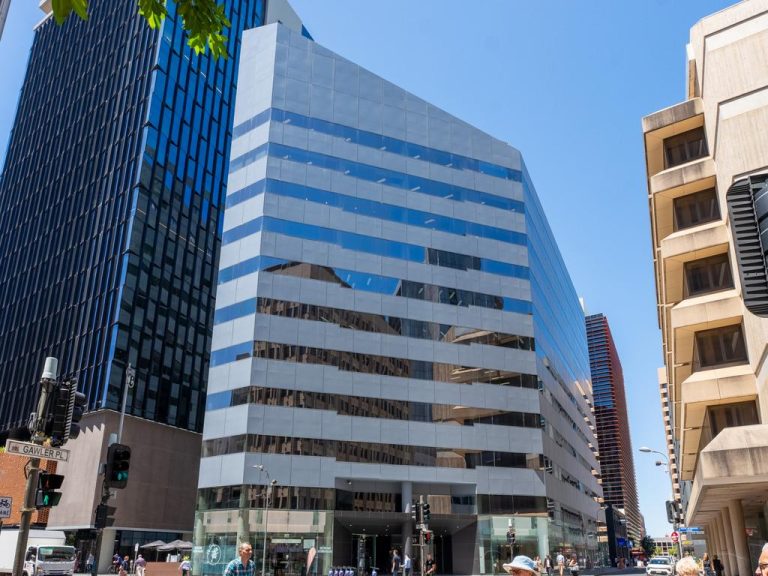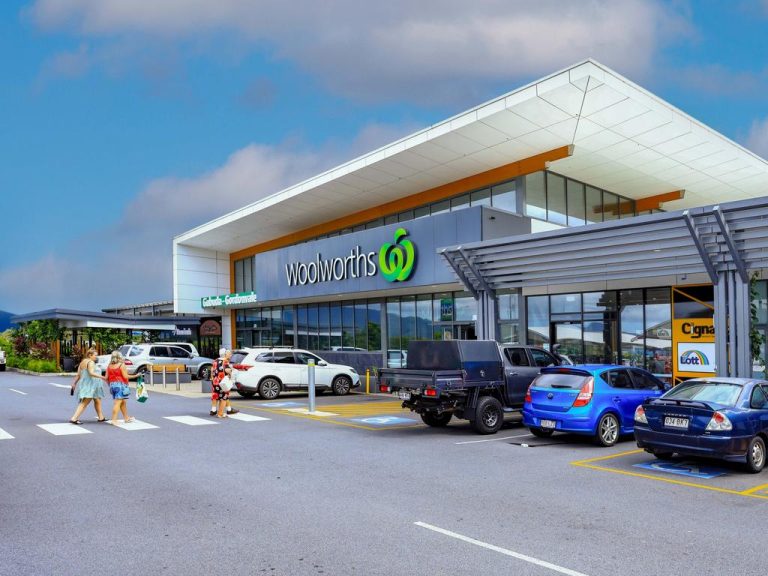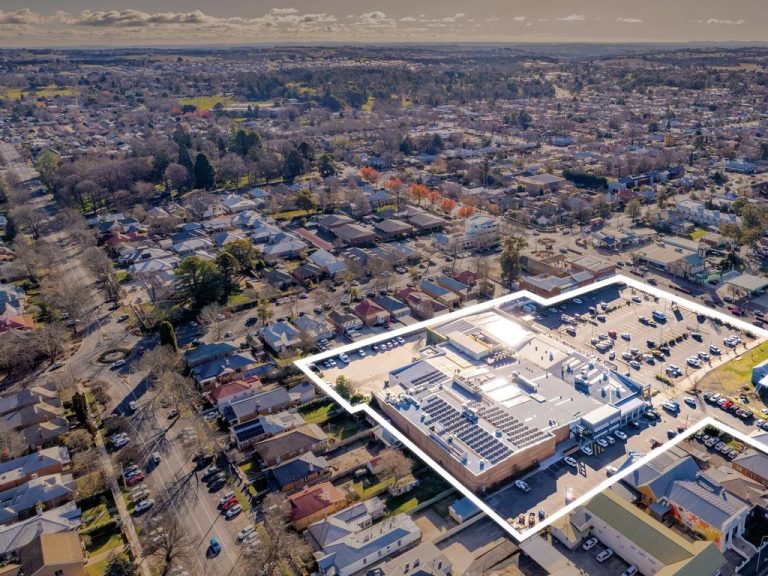Gap widens between A-grade and secondary office stock

Growing vacancy levels in second-tier office stock is creating an ever-widening gap between top-end towers and lower quality buildings, a new report from CBRE has warned.
The market has been dominated by the strong performance of prime office stock for the past 12 months.
But the real estate agency’s research has revealed this has masked underlying issues facing several city markets, where some office buildings have been rendered obsolete.
Commercial Insights: Subscribe to receive the latest news and updates
The markets of Sydney and Melbourne have healthy secondary markets which have benefited from the strength of the state economies, low vacancy rates and increased demand for office space on the back of strong white-collar employment growth.
By contrast, buildings in Perth, Brisbane, Adelaide and Canberra are more at risk, according to CBRE senior research analyst Aiden Bresolin.
“Some secondary buildings in these locations are now virtually untenable or have a high vacancy of 40% plus and require extensive refurbishment to be brought up to a modern standard,” he says.
Secondary grade stock is qualified by a B, C, and D grading. These sites are marked out by their smaller floor plates, energy costs, an ageing design and possible issues around location and a lack of amenities.
While building owners can initiative changes to make the assets more desirable, including refurbishment or repositioning them to an alternative use such as apartments or hotels, market conditions make this risky, Bresolin says.
“B-grade office stock remains popular among investors because these buildings have a lower price point, are higher-yielding and often have value-add potential through refurbishment, whereas C- and D-grade assets present more of a challenge and higher risk, with attributes that make them difficult to modernise to meet the requirements of today’s tenants,” he says.
Perth and Canberra have the highest levels of secondary tier vacancies in the county, at 58.6% and 49.2% respectively.
The result highlights the most pronounced split between top tier and secondary tier vacancy rates in terms of historic trends.
In the ACT, the public sector’s need for a high-quality workspace to retain staff is also pushing many government and institutional agencies toward A-grade stock. As this sector accounts for one-third of white-collar employment in the city, it has put a strain on the secondary market.
Brisbane’s high secondary vacancy rate of 48.4% comes despite the removal of stock due to major infrastructure projects such as Queen’s Wharf. Adelaide has the best secondary vacancy level at 41.3%.
This article originally appeared on www.theaustralian.com.au/property.







